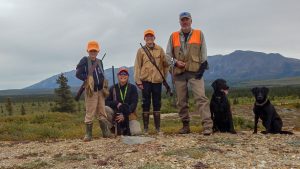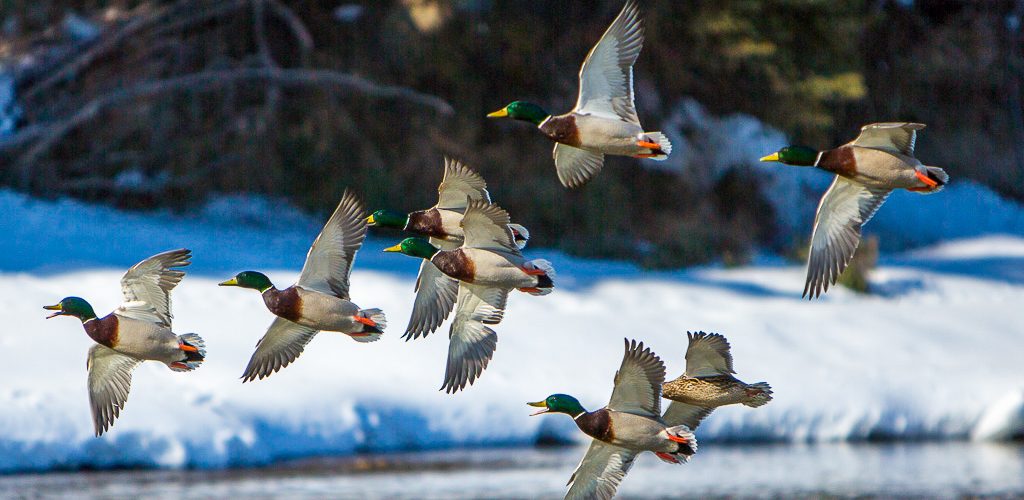Our goal is to educate listeners about how and why things work the way that they do in the hunting & outdoor world. We do this by talking mostly with people who are both scientist and hunters about the science of hunting. For example, why does cow calling work better than bull calling at certain times of the year for moose, why do some decoy spreads work better for ducks, and what is the science behind setting hunting regulations. Please contact us if you have suggestions for topics. Enjoy.
I am your host Mark Lindberg. I have been hunting since 1974. I grew up hunting with Dad, who hunted for 75 years of his life, in Pennsylvania. My initial interest was in deer hunting, but birds quickly turned my head and I now focus more on waterfowl and upland hunting. My favorite day a field is with at least one of my dogs and my wife or one of my kids. Hunting is an important part of our family life. I have been practicing as a wildlife biologist since 1984 and currently I am a professor of wildlife science at the University of Alaska Fairbanks where I did my PhD research on Black Brant and have been a faculty member since 2001. I feel like I am uniquely positioned to help you appreciate how much science is a part of hunting and wildlife science and I am targeting interviewing individuals who also share this knowledge and passion.
My family on a ptarmigan hunt in 2017 with Pingo, Boomer, and Tug.

All photo on this site are @Mark Lindberg unless otherwise noted.
The bird call at the beginning of each podcast is of Lagopus lagopus, the Willow Ptarmigan. It was recorded by Leonard J. Peyton, 13 Jun 1982, in Alaska. The recording is used with permission of the Macaulay Library at the Cornell Lab of Ornithology (ML50030)

